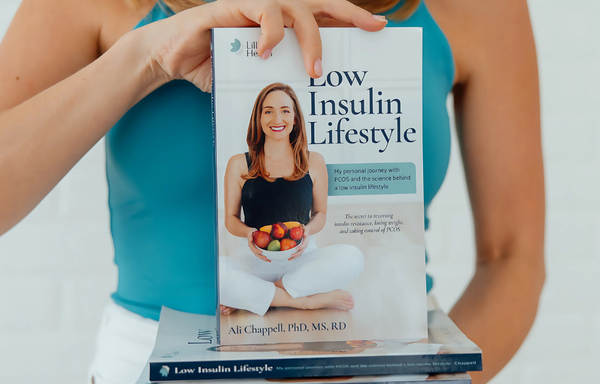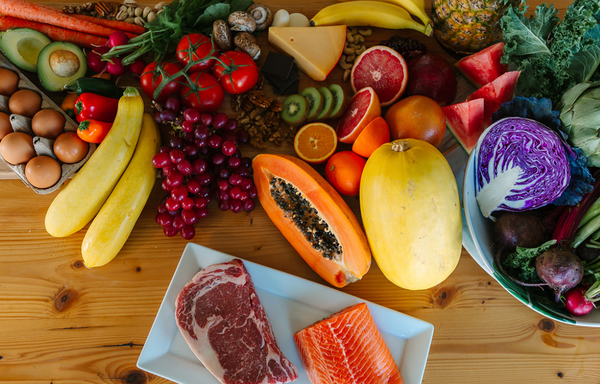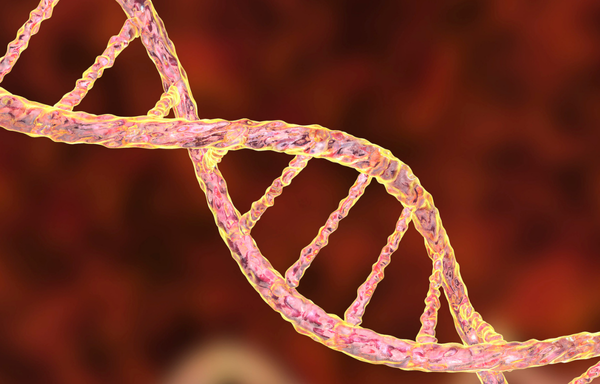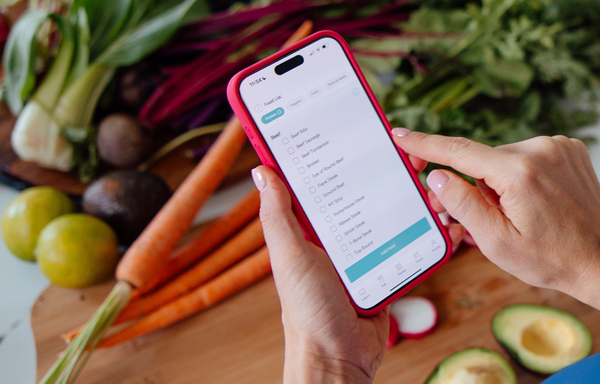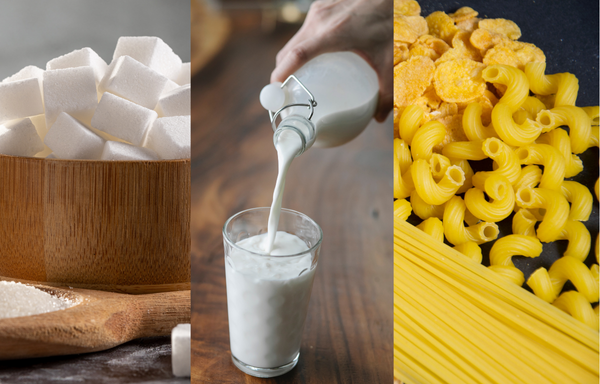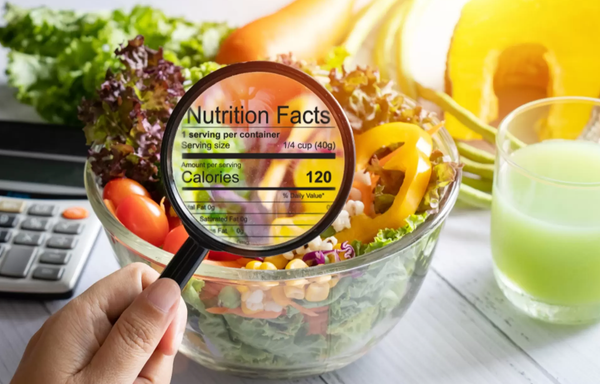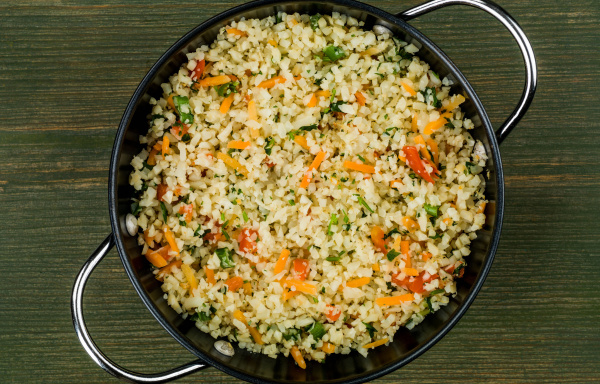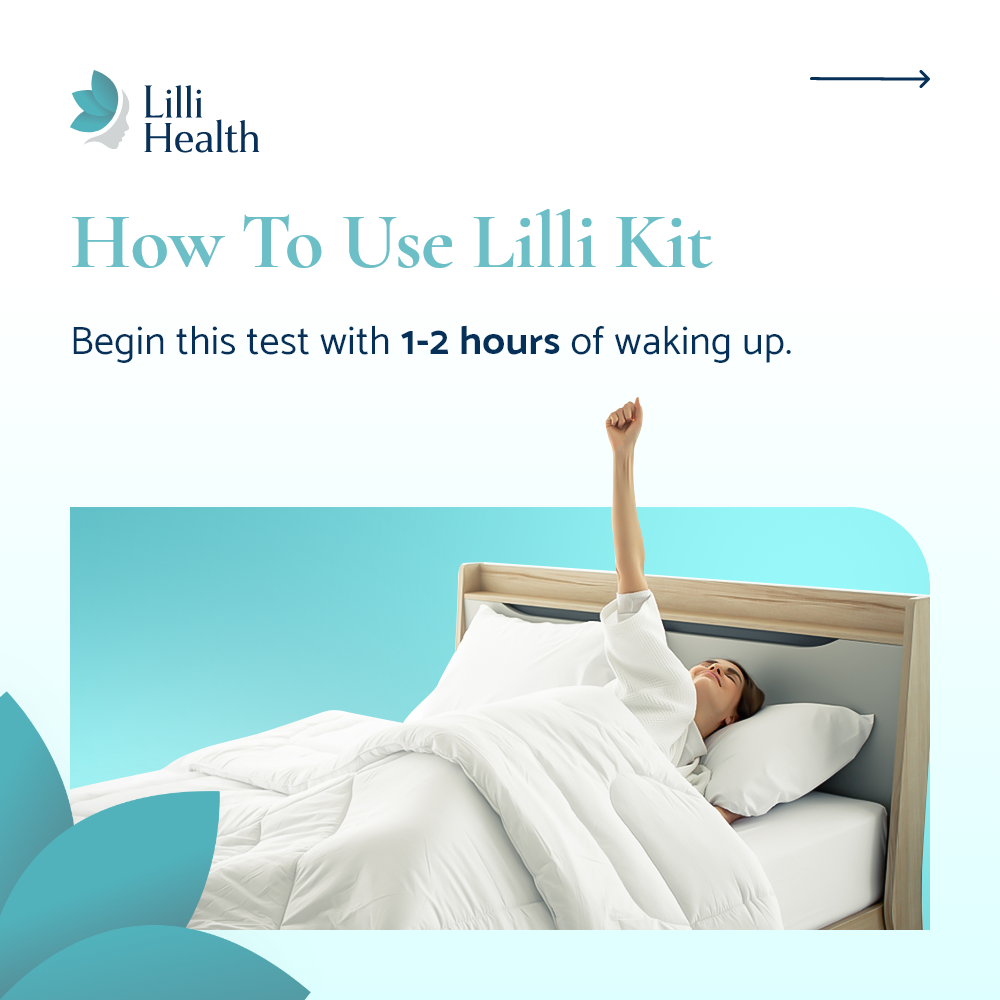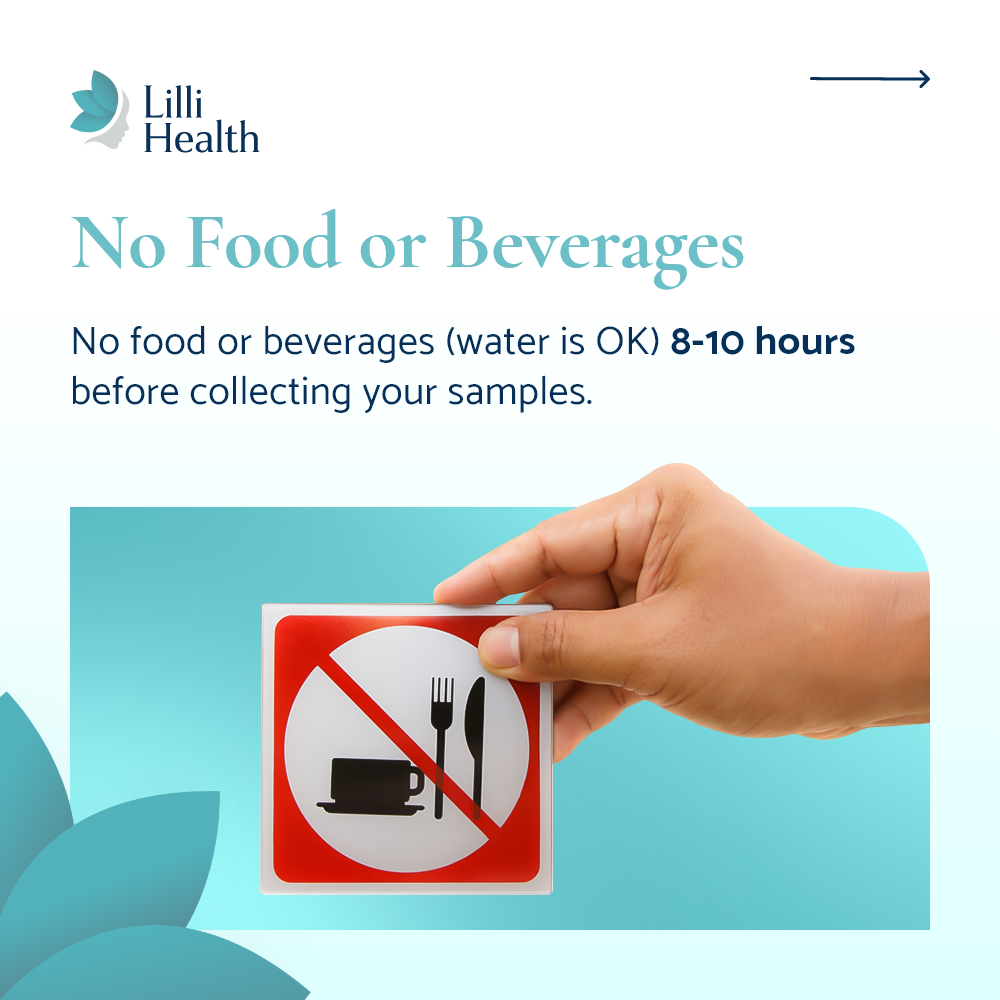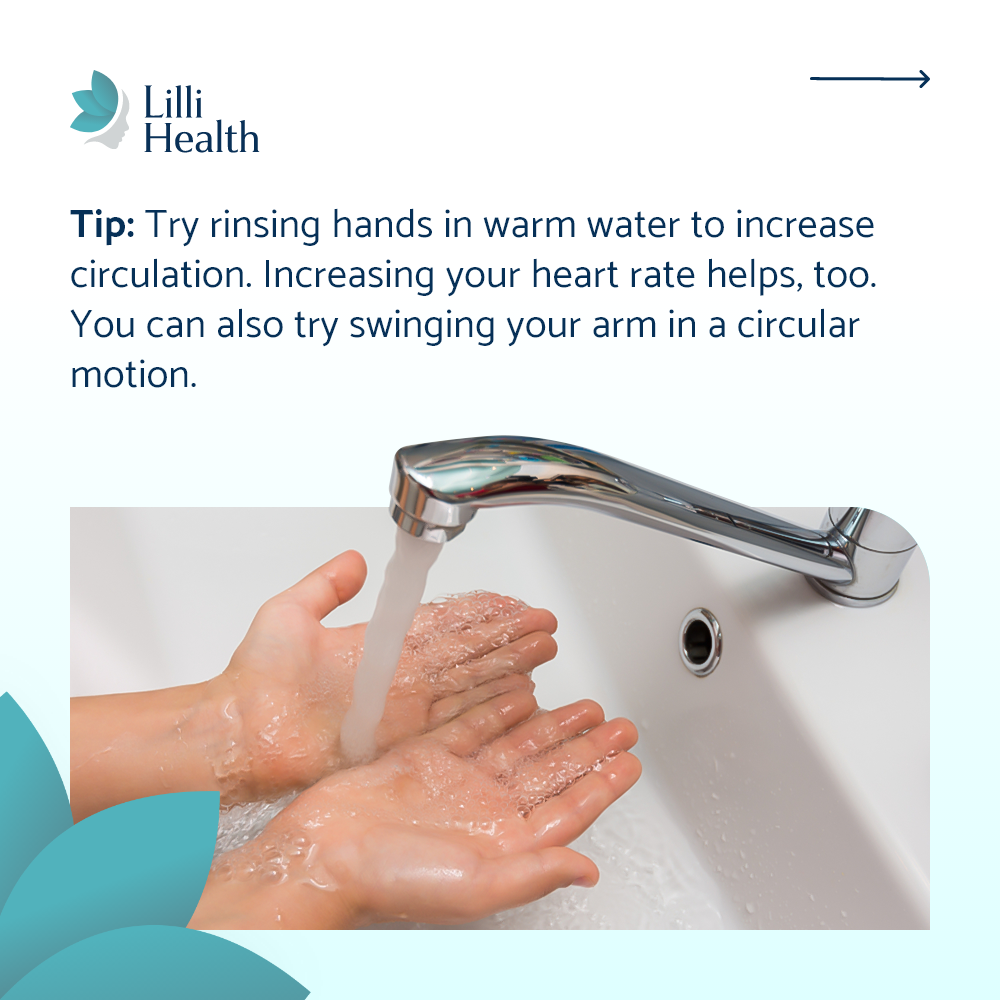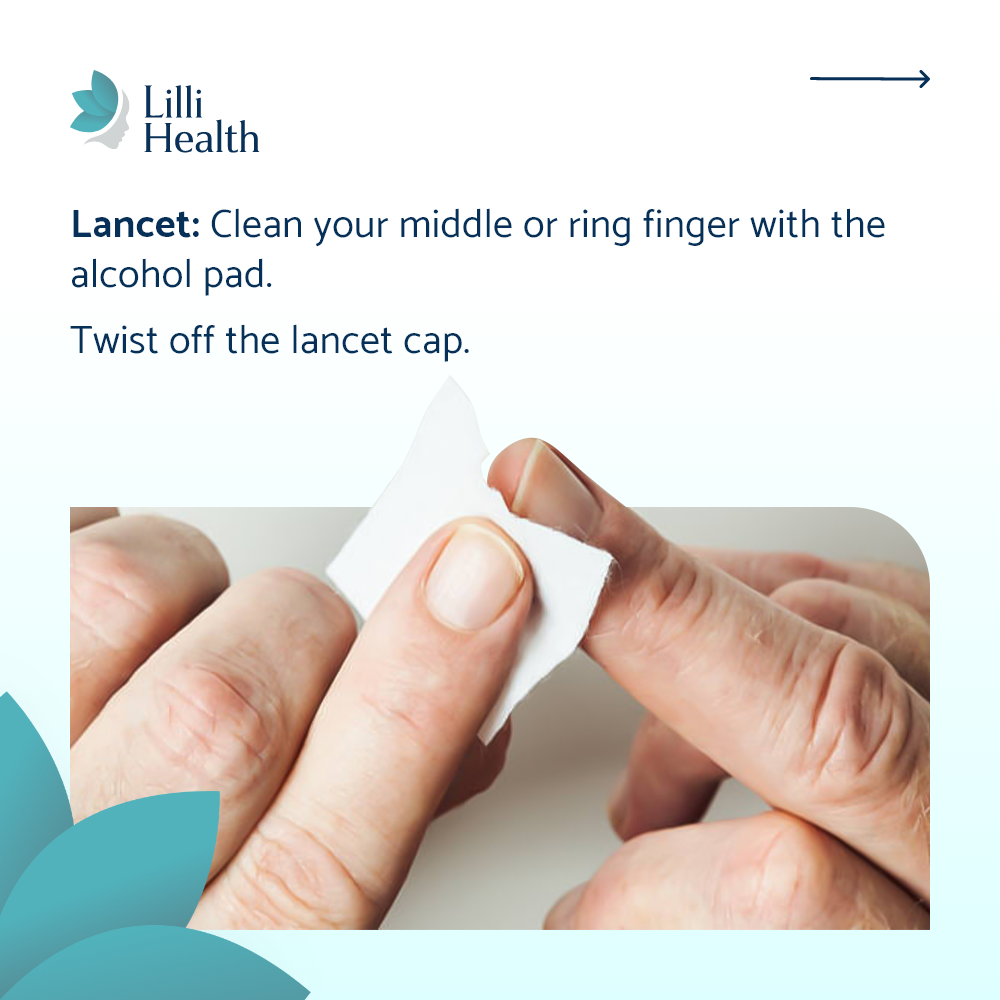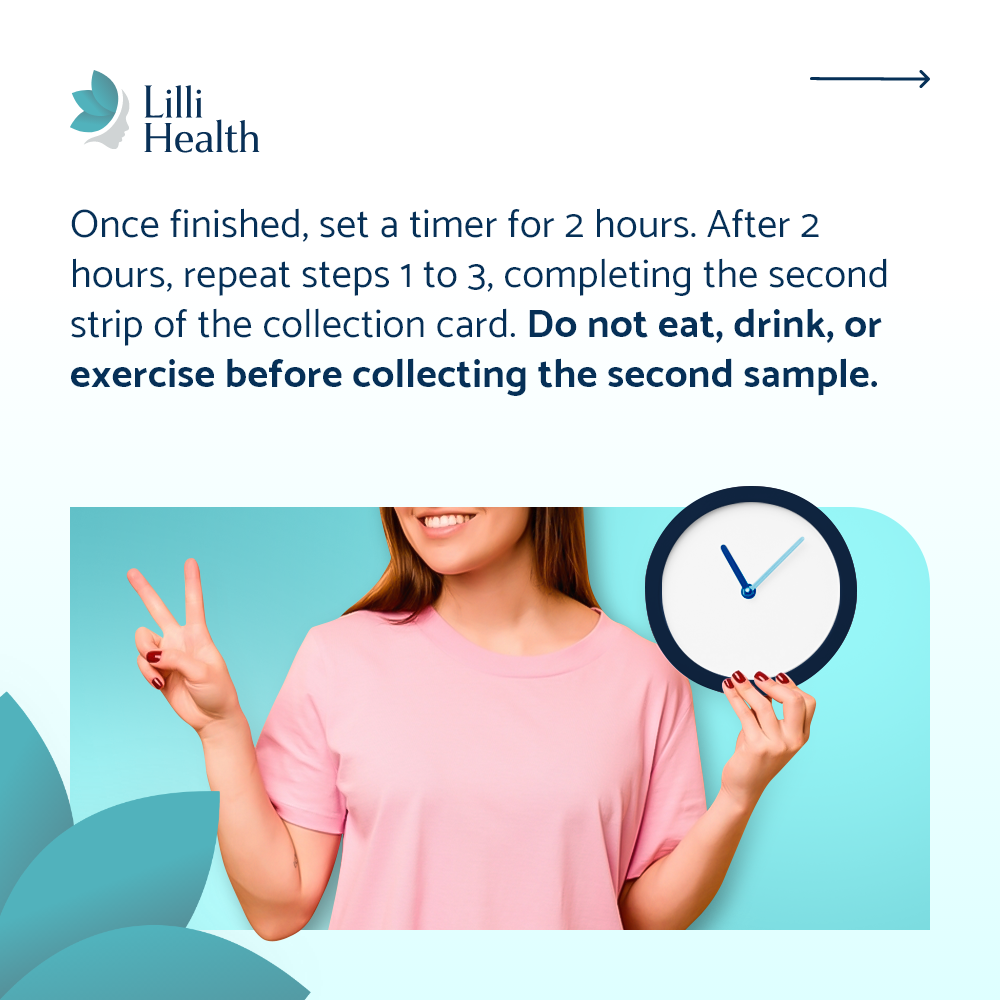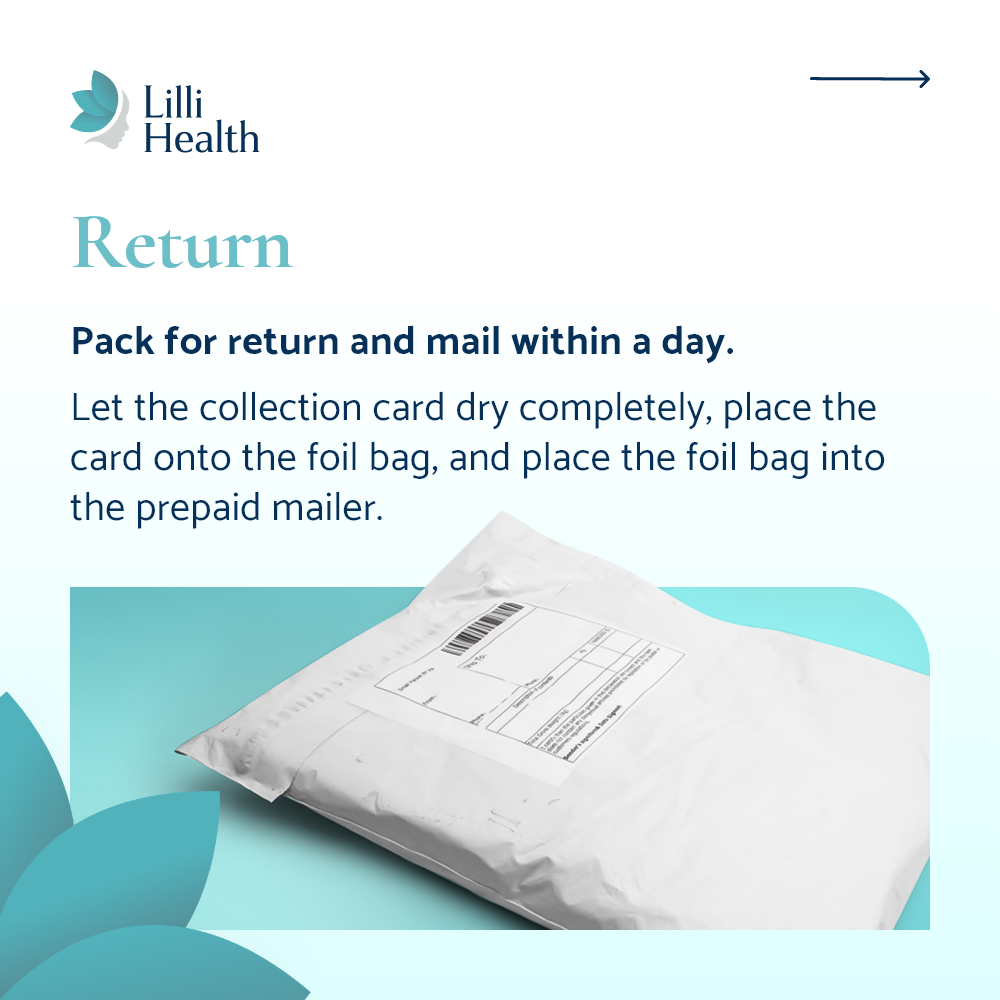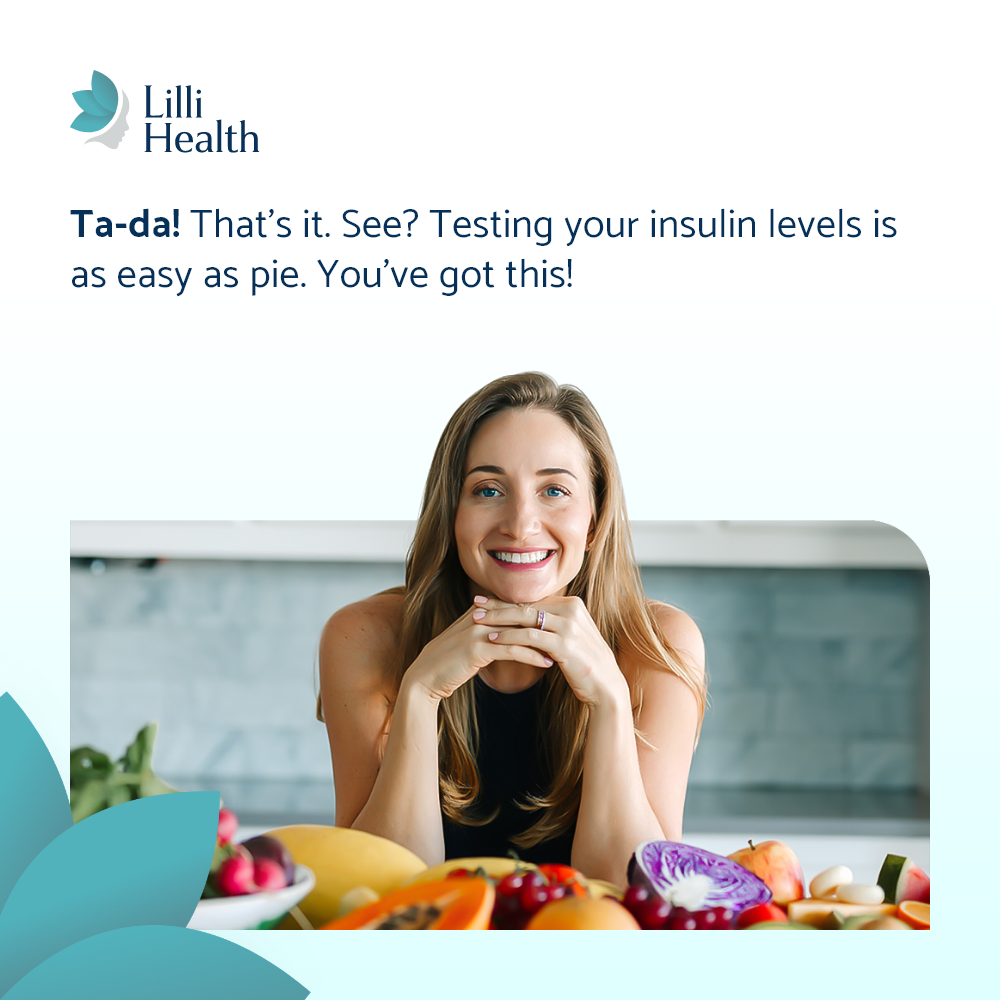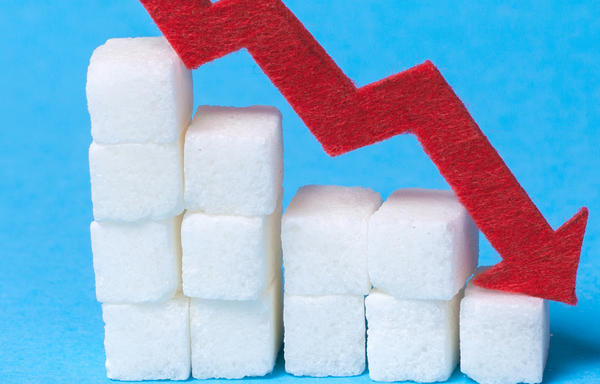

Reactive Hypoglycemia: When Your Blood Sugar Crashes After You Eat
Ever feel shaky, dizzy, weak, anxious, or suddenly starving a few hours after eating—especially after a carb-heavy meal or snack?
That’s not “just in your head.” It could be Reactive Hypoglycemia (RH)—a condition where your blood sugar drops too low after eating, especially 2 to 4 hours after a meal.
And if that’s happening to you regularly, you’re not alone. RH is incredibly common, and yet rarely talked about or properly addressed. Even worse, most people are given the wrong advice—like “just eat more carbs” or “snack every 2 hours.” But that only treats the symptom, not the cause.
Let’s dig into what’s really going on—and how to fix it by working with your metabolism, not against it.
What Is Reactive Hypoglycemia?
Reactive hypoglycemia happens when your blood glucose drops below normal levels after eating—usually because your body released too much insulin in response to the food you ate.
Insulin’s job is to bring your blood sugar back down after a meal. But in RH, the pancreas overshoots—it releases more insulin than needed, dropping your blood sugar too far and too fast. That’s when you get the symptoms:
- Shakiness
- Irritability
- Sweating
- Dizziness
- Fatigue
- Anxiety or heart racing
- Cravings for sugar or more food
It’s a blood sugar rollercoaster—and your body is just trying to feel normal again.
Why Does It Happen?
Reactive hypoglycemia usually starts because your pancreas is hypersensitive. It sees carbs (especially sugar or starch), freaks out, and floods your bloodstream with insulin to bring glucose down—but it overshoots the target.
And that insulin spike causes your blood sugar to drop too low.
This is often seen in:
- People with very sensitive or overactive pancreatic responses
- Early-stage insulin resistance
- People recovering from long periods of high carb intake
- Individuals with PCOS, post-gestational diabetes, or metabolic instability
Interestingly, RH isn’t usually seen in full-blown insulin resistance—because in insulin resistance, insulin doesn’t work well or act fast enough to drop glucose quickly.
But in some cases of fluctuating insulin sensitivity, especially early on, both can exist at the same time: insulin resistance and reactive lows.
Why the Common Advice Doesn’t Work
Most people are told:
- “Just eat small, frequent meals throughout the day.”
- “Make sure you’re eating enough carbs.”
- “Carry snacks everywhere.”
That might give temporary relief, but it keeps the cycle going. Every time you eat starch and sugar, you’re asking your pancreas to work harder. More insulin, more crashes, more snacks.
You’re treating the drop by fueling the spike.
The Real Answer: Give Your Pancreas a Break
Instead of constantly asking your pancreas to pump out more insulin, reduce how often you stimulate it in the first place. That means: Eating meals that don’t spike insulin.
And yes, you’ve probably heard the advice to “put clothes on your carbs”—meaning add fat or protein to sugar or starch to flatten the glucose spike. But here’s the part that gets left out: the reason the glucose curve looks flatter on your CGM is that your pancreas released a bigger insulin spike to compensate. It’s not that the meal was magically less impactful—it’s that your body worked harder to clean up the mess.
So while the glucose numbers might look smoother, your insulin is surging behind the scenes. For someone dealing with reactive hypoglycemia, that means more insulin, more crashes, and more metabolic stress. Long term, that’s not helping your body heal—it’s just disguising the problem.
The goal isn’t to soften the crash with more insulin. It’s to stop triggering the crash in the first place.
Why Fat Is Your Friend
Here’s the key: fat does not stimulate insulin. Your pancreas barely responds to dietary fat—unless it’s paired with starch or sugar, which is a different story (hello, insulin explosion).
If you’re dealing with RH, you want meals that:
- Keep you full
- Don’t trigger excess insulin
That means meals built around:
- Healthy fats: olive oil, avocado, nuts, seeds, nut butter, coconut oil, unsweetened shredded coconut
- Protein: eggs, poultry, fish, grass-fed meat, plant-based non-starchy sources (edamame and lupini beans)
- Non-starchy vegetables and whole fruits: greens, zucchini, mushrooms, broccoli, peppers, berries, citrus
Avoid combining fat + starch (think: buttered toast, fries, pastries) because that combo leads to the strongest insulin spike—and sets the stage for a major crash later. You also want to avoid whey protein or anything that contains whey protein because it is the most insulin-spiking food you can eat.
Train Your Body to Burn Fat for Fuel
When you stop feeding constant glucose swings, your body learns to use stored fat for energy—a much more stable and efficient fuel source. This reduces blood sugar crashes and keeps your energy steady between meals.
You’ll know your body is adjusting when:
- You can go 4–6 hours between meals without crashing
- You feel full and calm after meals
- You no longer panic without snacks
- Your energy feels stable, not spiky
How to Start Stabilizing RH Naturally
Build meals around protein + fat + fiber: Start each meal with healthy fats, some protein, and low-carb vegetables and fruits.
Space out your meals: Once stable, give your pancreas rest between meals. This is what allows insulin to reset and your body to switch into fat-burning mode.
Get tested if needed: A 2-hour insulin test (also known as an oral glucose tolerance test with insulin) can confirm whether your insulin is overshooting.
Bottom Line: RH Is More Than Just “Low Blood Sugar”
Reactive hypoglycemia is a signal that your metabolism is struggling to self-regulate. It’s not a call for more sugary or starchy snacks—it’s a sign to reduce how often your pancreas is forced to respond.
The goal isn’t to chase blood sugar with more sugar. The goal is to create a stable, fat-burning metabolism that no longer relies on constant glucose to survive.
And that starts with less stimulation, not more. Eat in a way that keeps your pancreas quiet and your blood sugar—and your life—will get a lot more stable.
References
Lv X, et al. Identification of Reactive Hypoglycemia with Different Basic BMI and Its Causes by Prolonged Oral Glucose Tolerance Test. Diabetes Metab Syndr Obes. 2020. Read more
